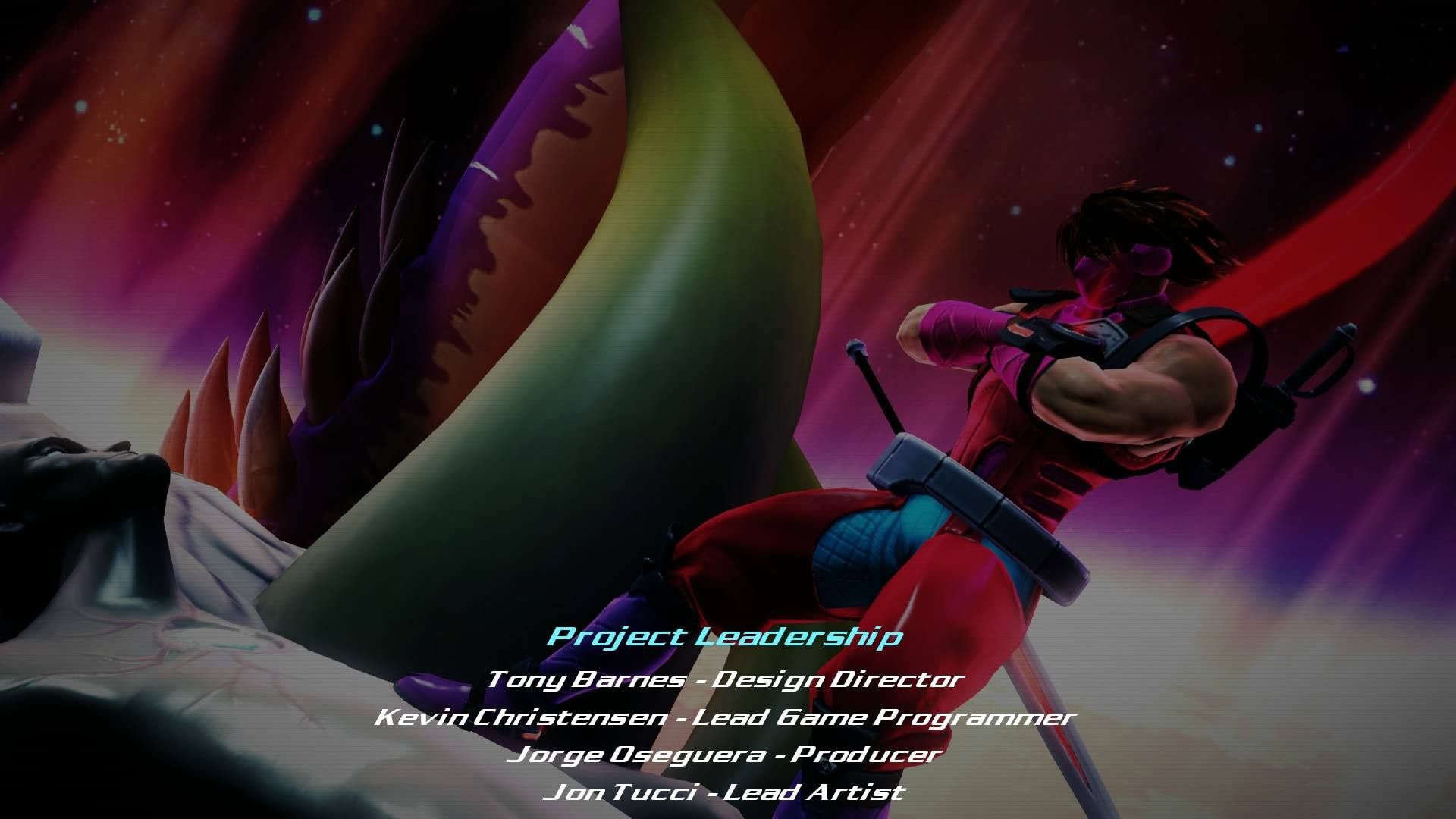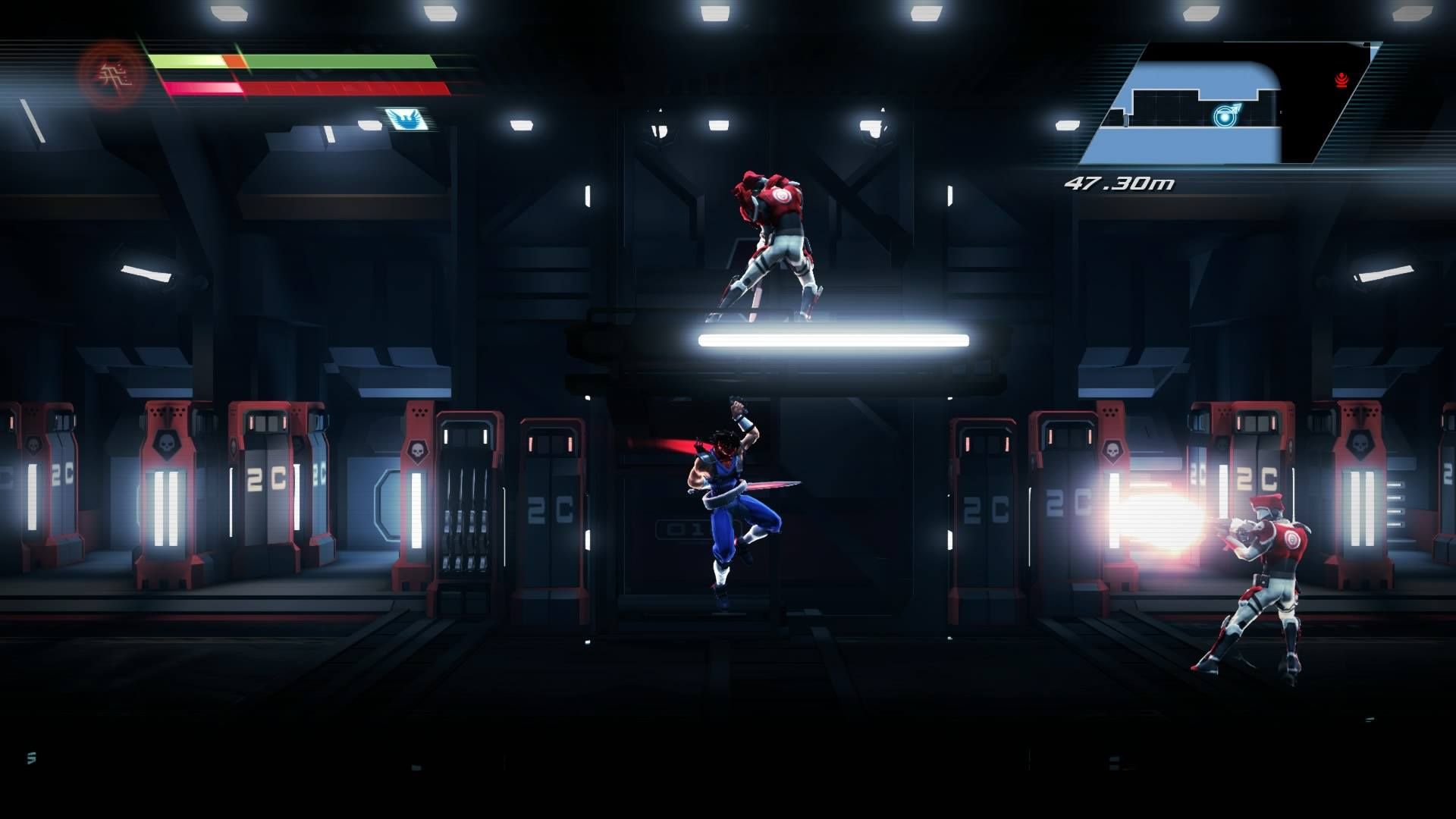‘Strider’: Classic platforming made new

Title: Strider
Platform reviewed on: Playstation 4 (Digital-only, $14.99, also available on PS3, Xbox 360, Xbox One)
Developer: Double Helix Games
Publisher: Capcom
Release Date: Feb. 18, 2014
The last several years have seen a renaissance in the 2-D, action platformer genre. Updates to once-proud franchises like Kirby’s Dreamland, Donkey Kong Country, Bionic Commando and even Super Mario Bros. have shot up the sales charts and softened critics’ three-dimensional biases.
As a Nintendo gamer in my youth, I never had my hands on Capcom’s classic hack-and-slash ‘Strider’ franchise, which released in the height of the ninja craze ushered in by titles like Ninja Gaiden. The 2014 release is meant to be a re-telling of the original game in the franchise, with a sheen of Metroidvania gameplay. It largely succeeds, though difficulty scaling is a bit wonky and level design makes collectible hunting frustrating and unsatisfying.
You play as the titular Strider Hiryu, a bionically enhanced superninja sent to the dystopian Kazakh City as the 12th operative attempting to slay dictator Grandmaster Meio. Along the way, you’ll slay dozens of peon soliders, robotic monstrosities and chemically engineered baddies with your cypher, a sword that can be upgraded throughout the roughly 4-hour affair to inflict explosive, magnetic and ice damage. In the Metroidvania tradition, upgrading your cypher and other abilities enables you to reach portions of the map previously unaccessible and progress through the game.

Yes, you go into space. I know that’s weird.
What makes the Metroid and Castlevania series work is their non-reliance on duplicative backtracking. If you’re simply playing ‘Strider’ for the story progression (and - you’ve been warned - the narrative is about as bare bones as it gets), you won’t run into this problem. But, if you’re a trophy/achievement hound like me, you’ll want to discover every nook and cranny of the largely bland Kazakh City. The sameness of the level design and the interesting choices about exactly where you can access one area of the city from the next make this process a chore.
Difficulty scaling is also an issue in ‘Strider.’ You’ll strike down dozens of faceless enemies that are minor annoyances in corridors leading to important rooms, but battles with bosses and sub-bosses require pattern recognition that takes at least one playthrough to master, even on the normal difficulty. The result is about 20 minutes of frenzied fun swordplay followed by a 30-minute slog to kill one enemy. The pacing just doesn’t feel right.

If the enemies get too tough, feel free to just hang out.
Still, count ‘Strider’ among the fine two-dimensional remakes that give a new generation of console fans a glimpse of gaming’s golden yesteryears.
Verdict: 3.5/5 stars
* This story was originally published as a post from the blog "The Tech Deck." Read all stories from this blog